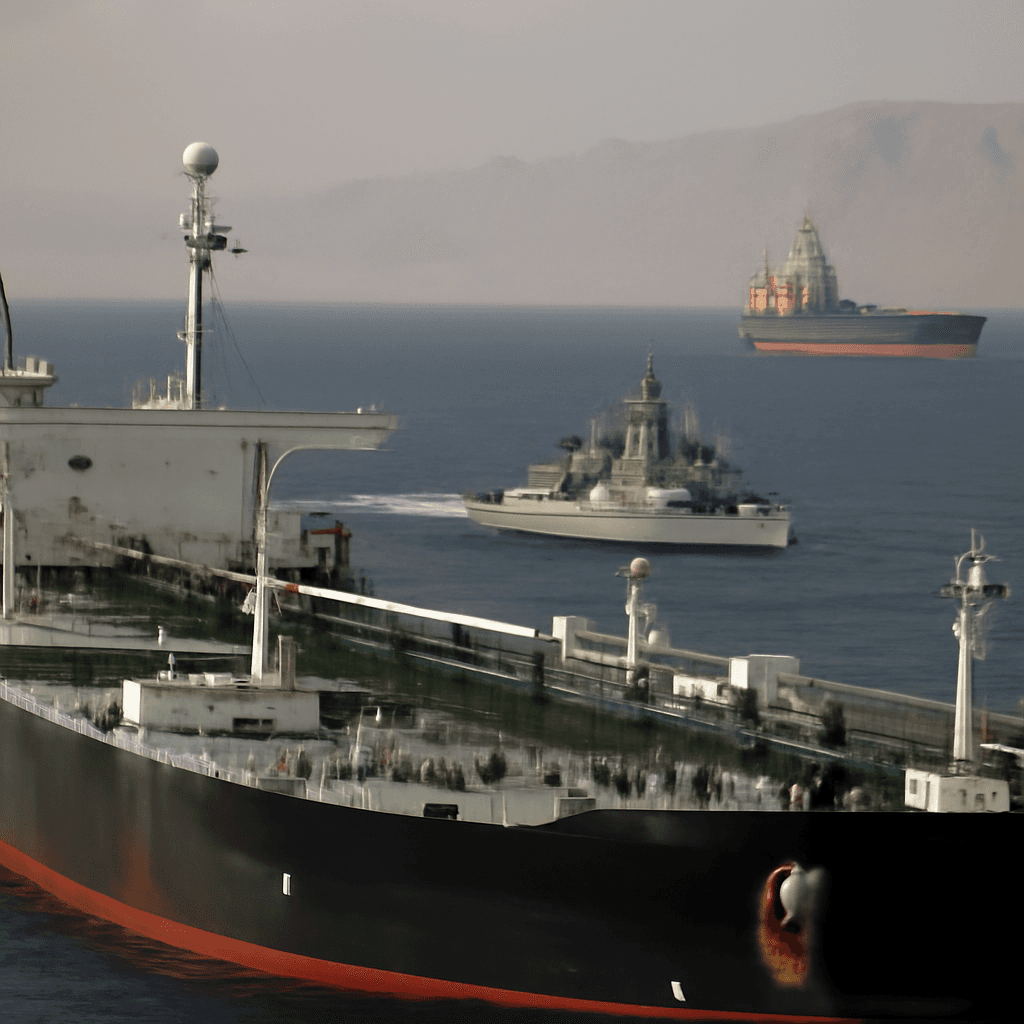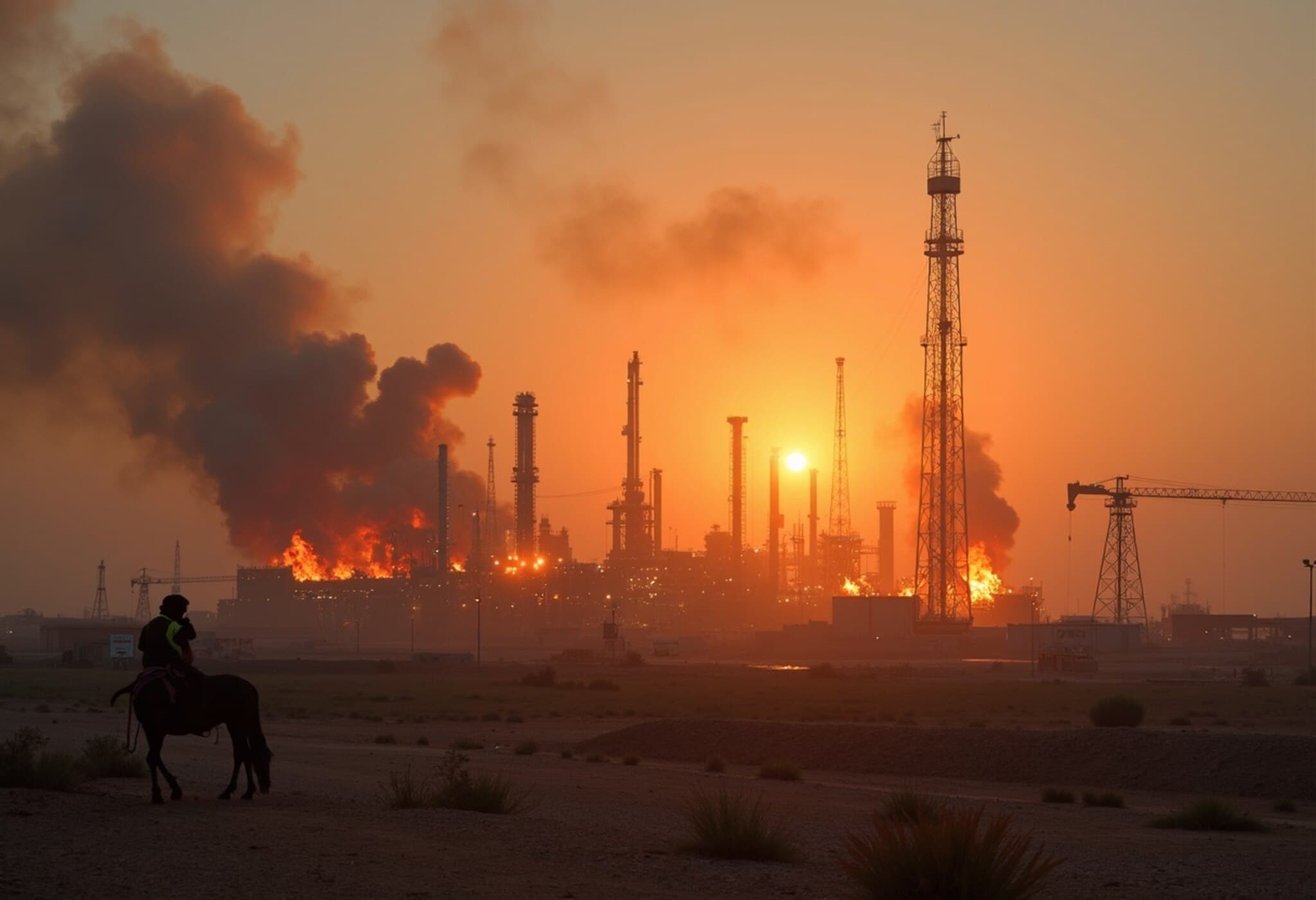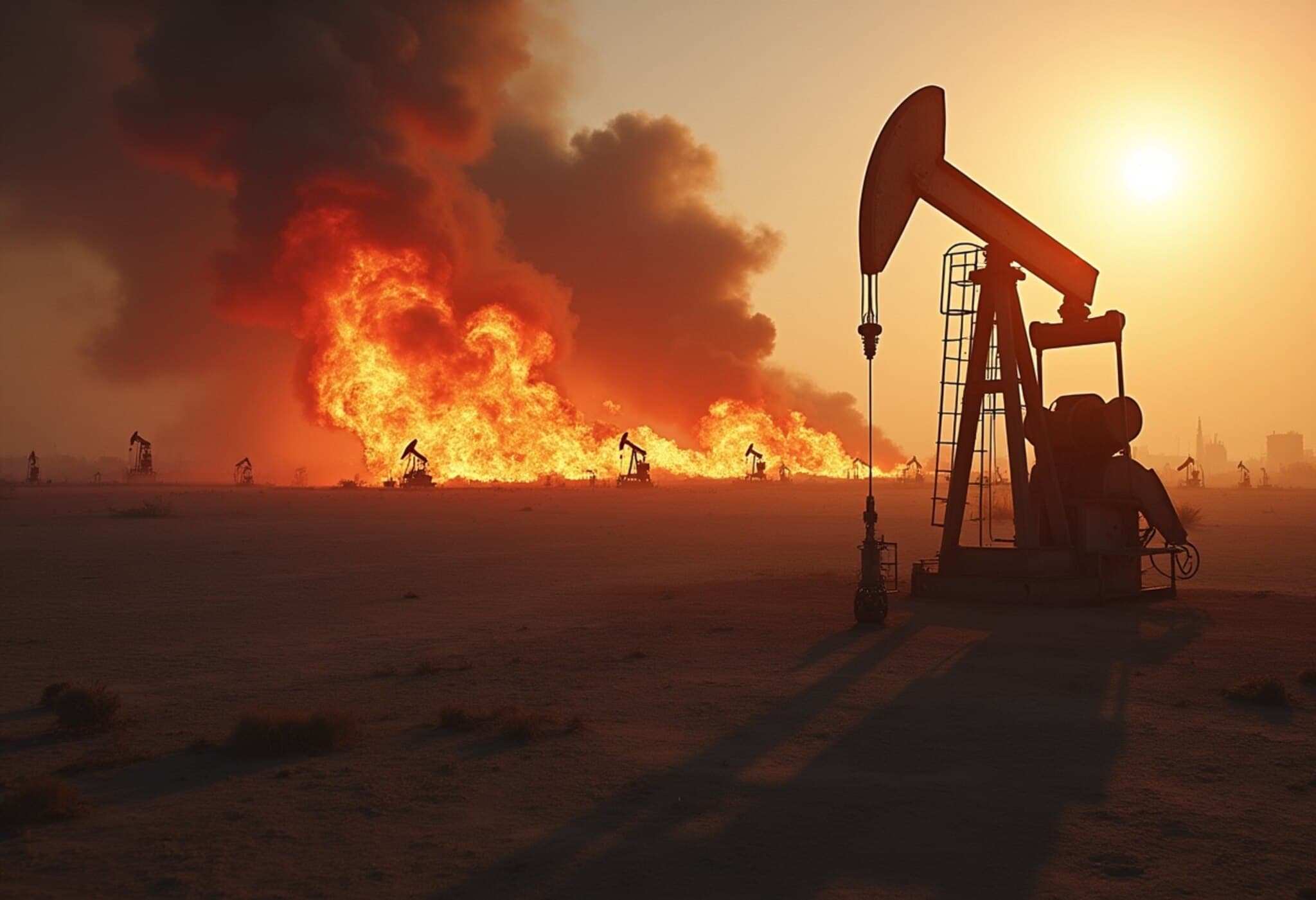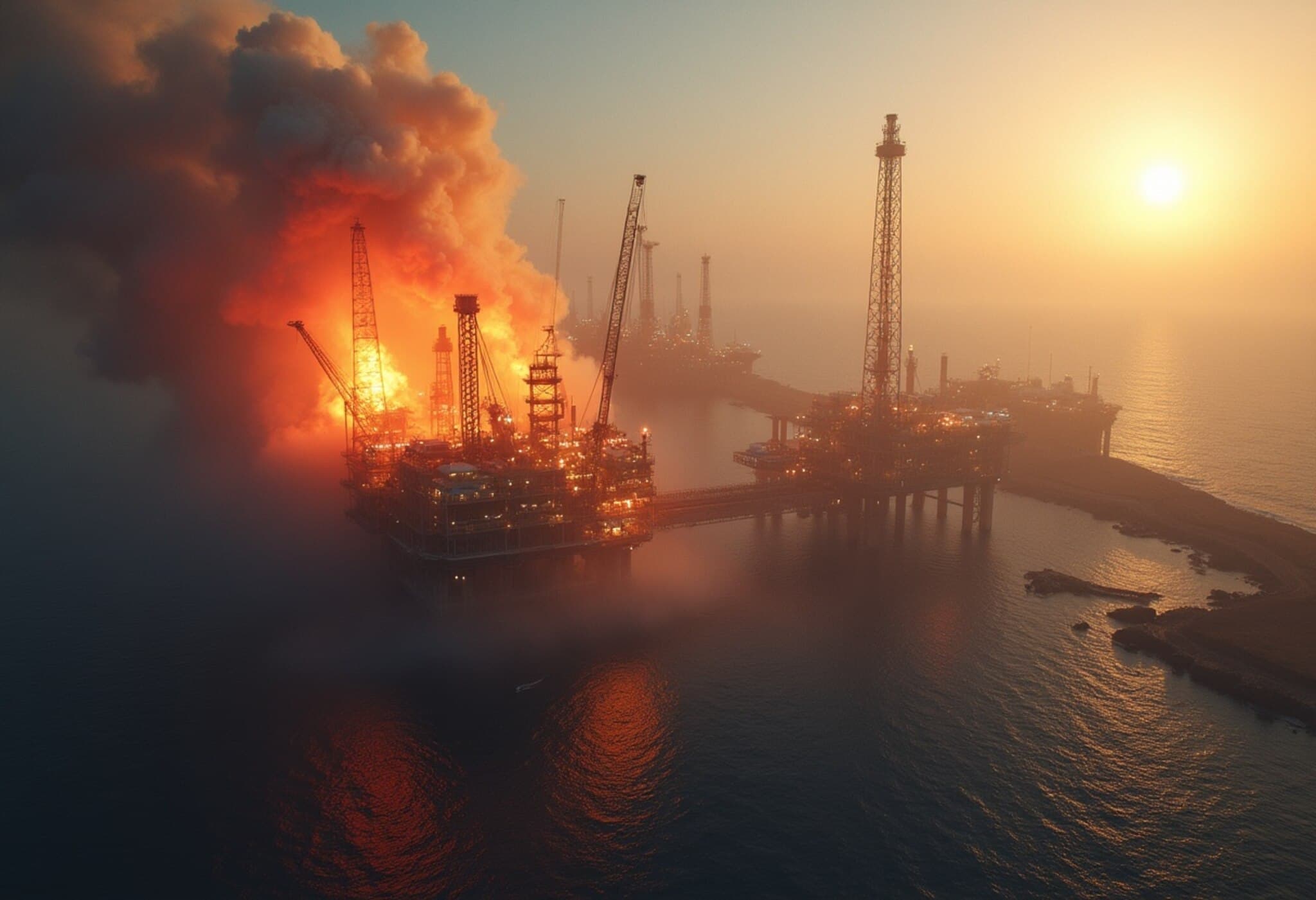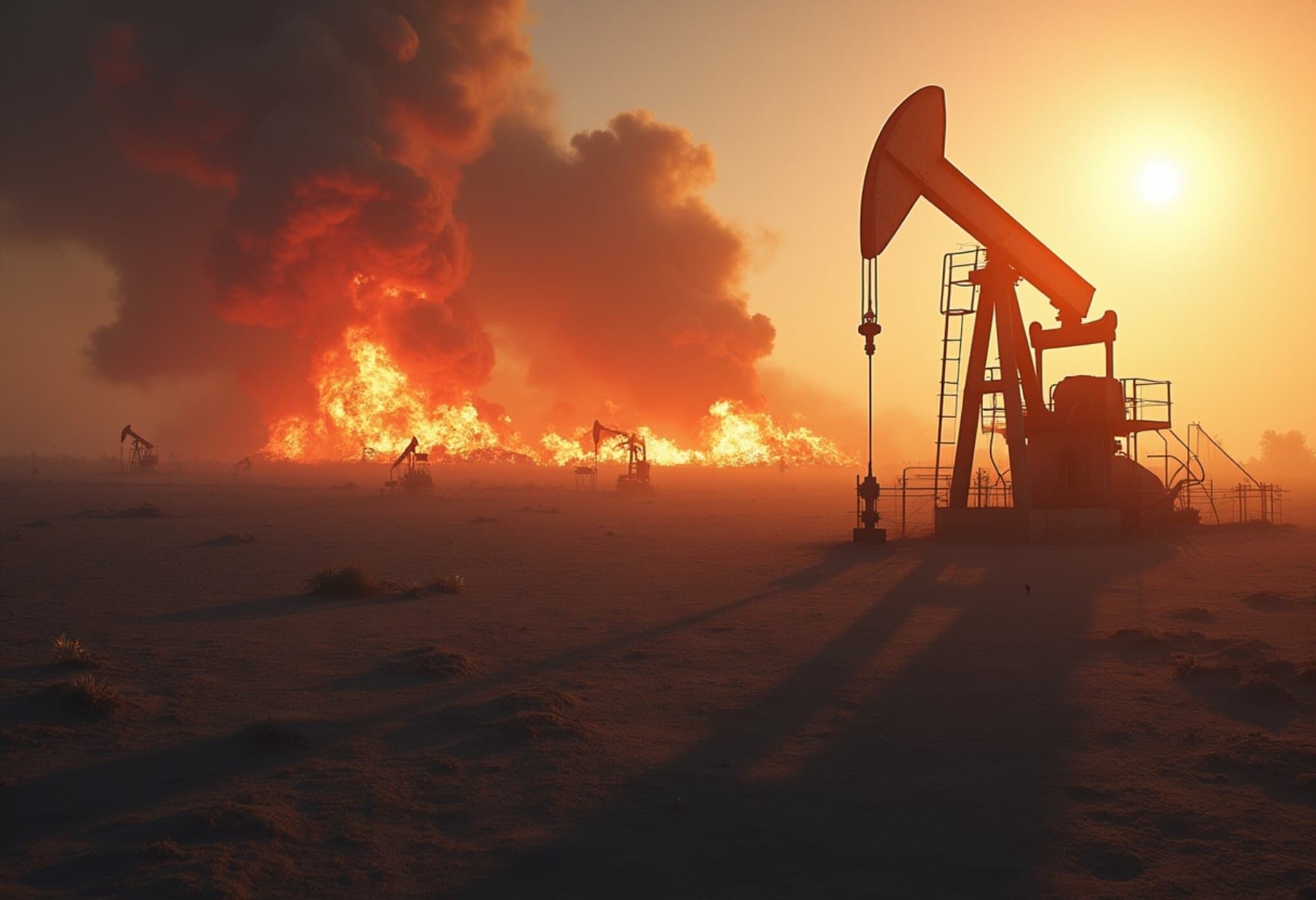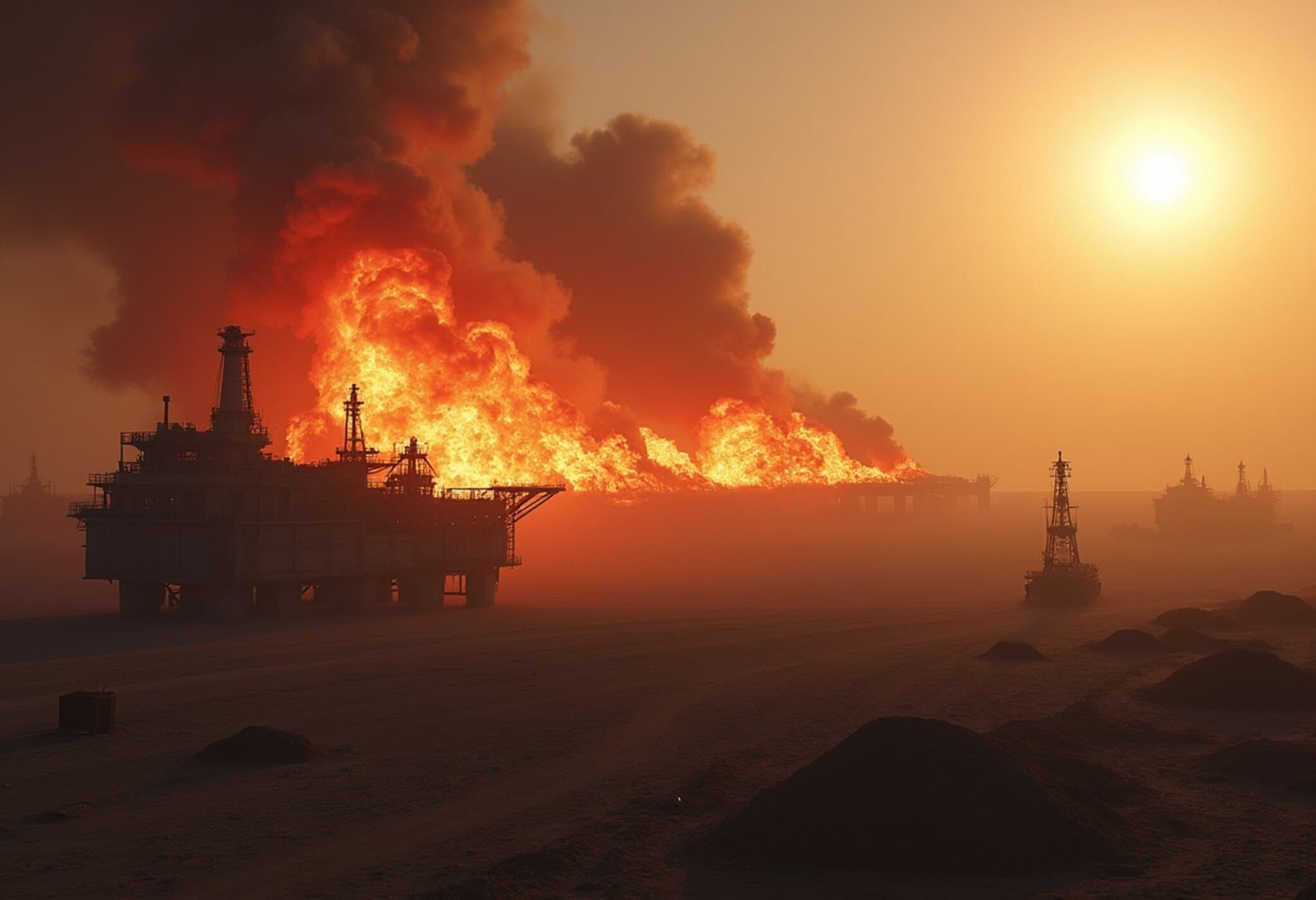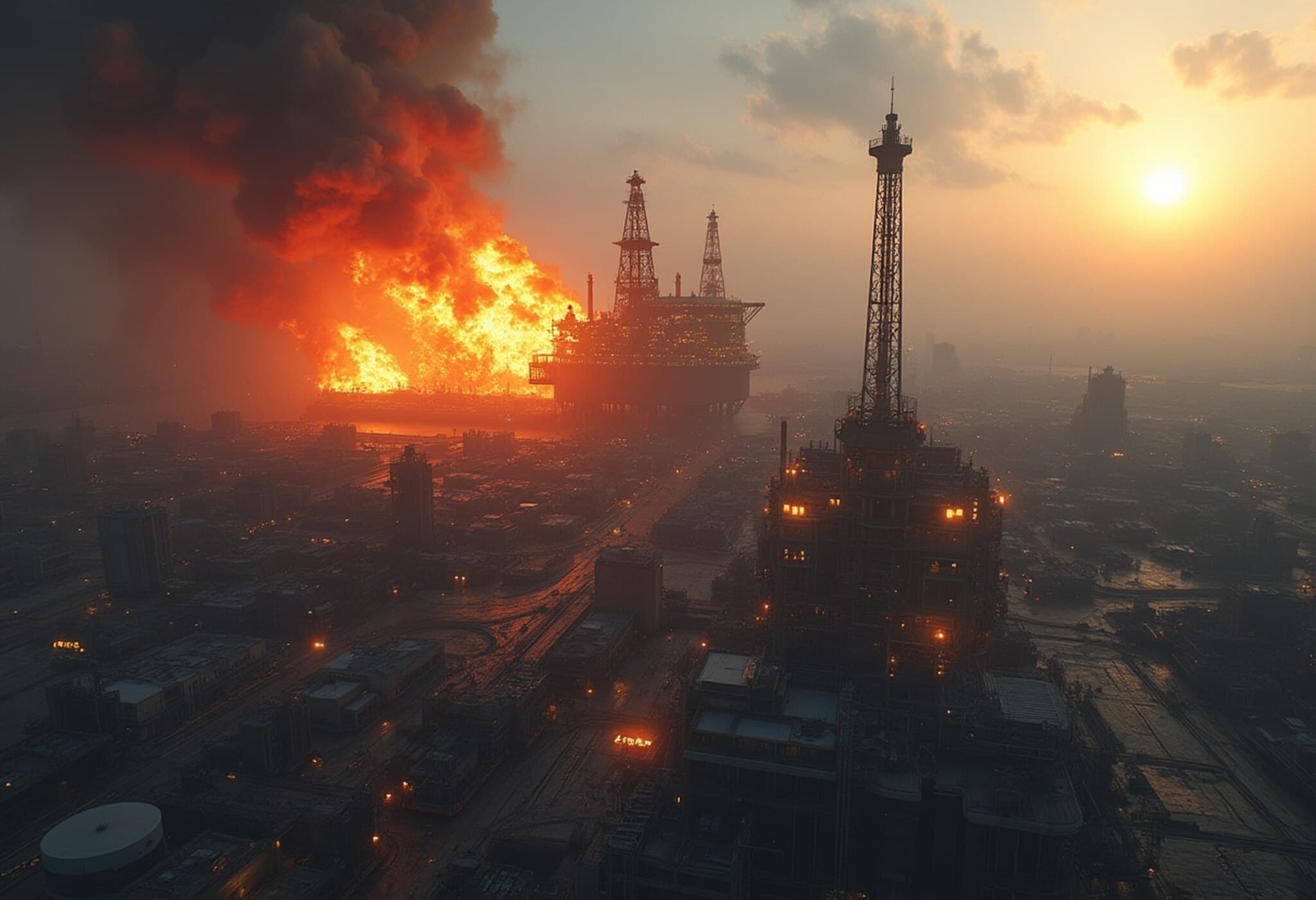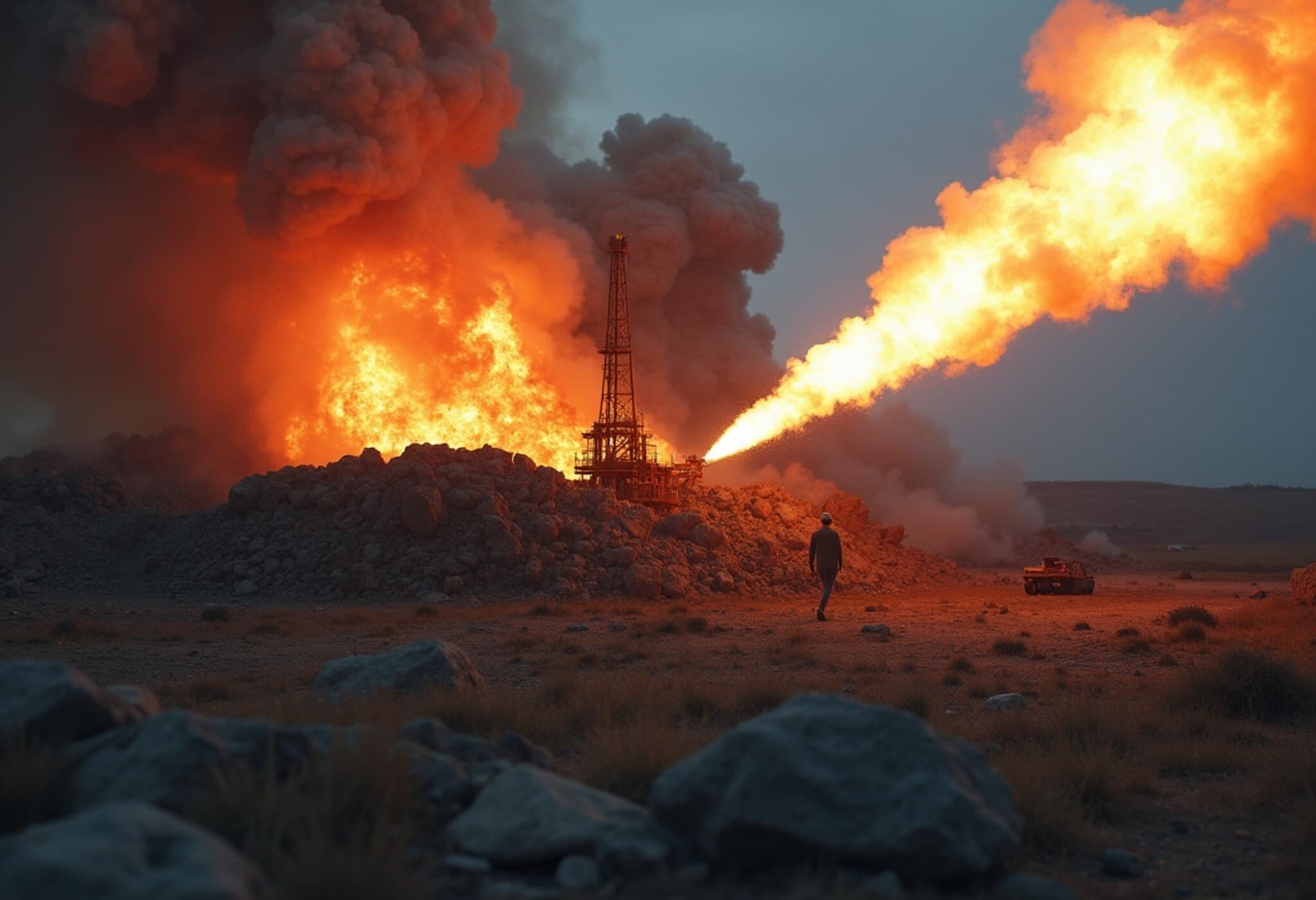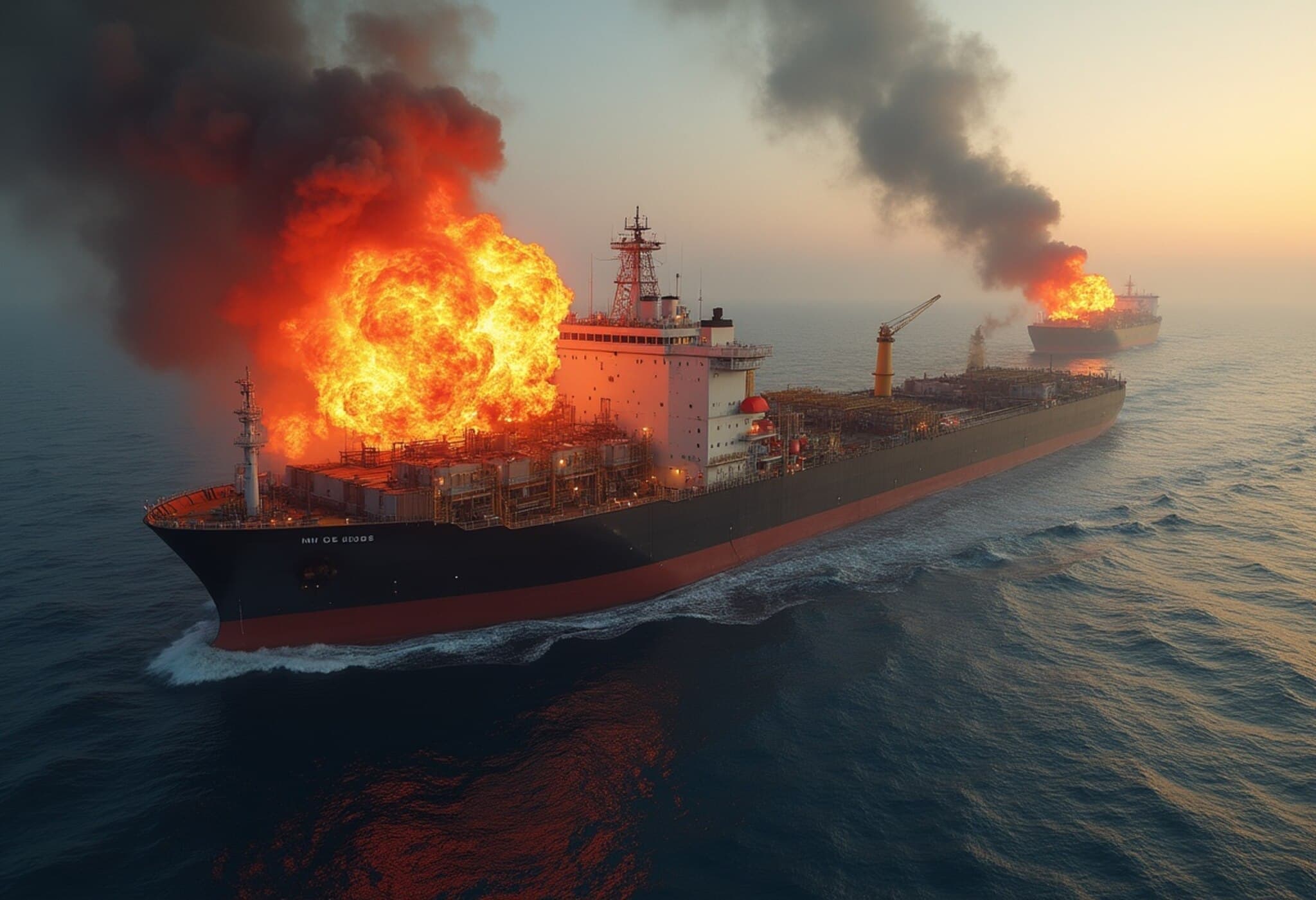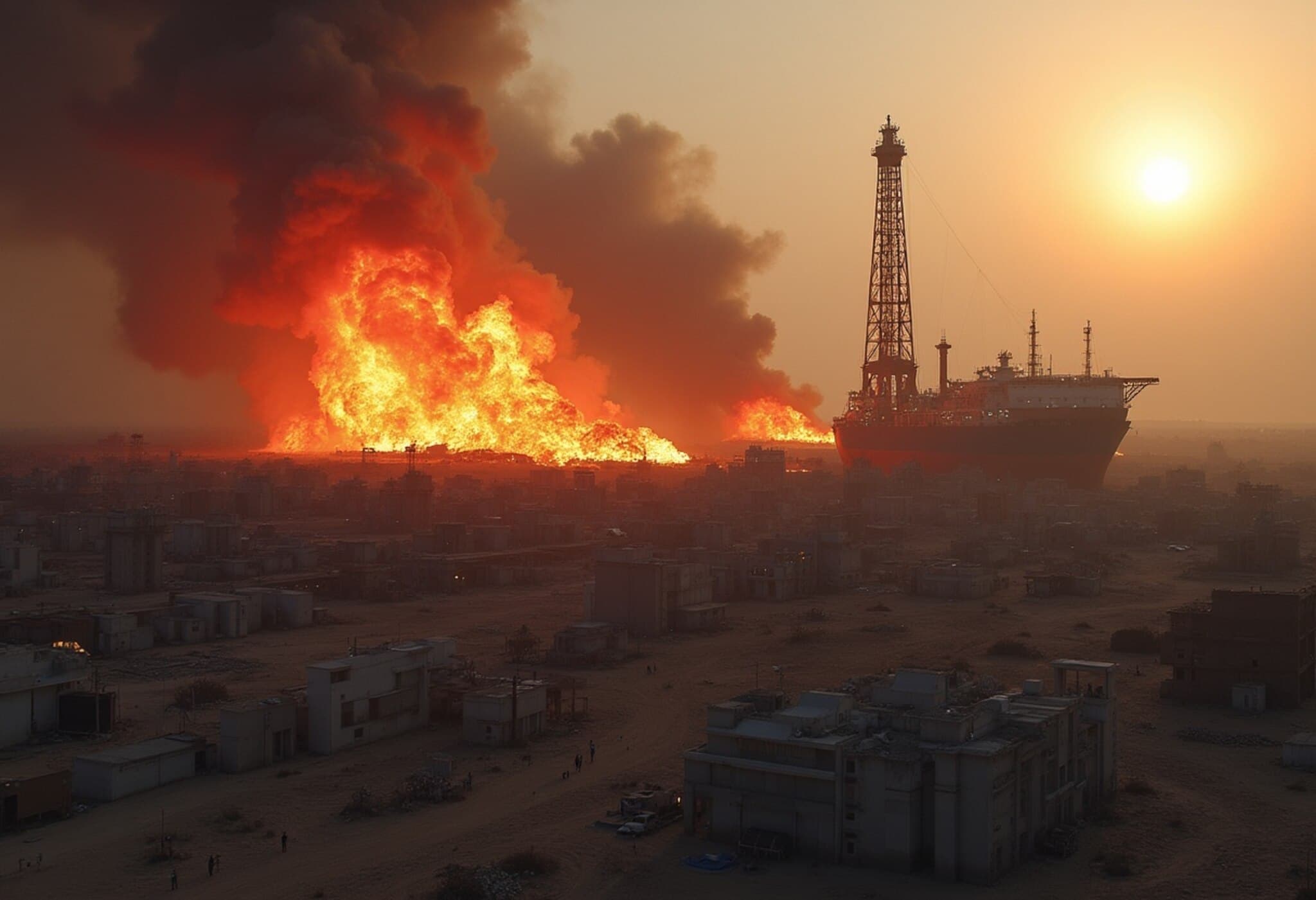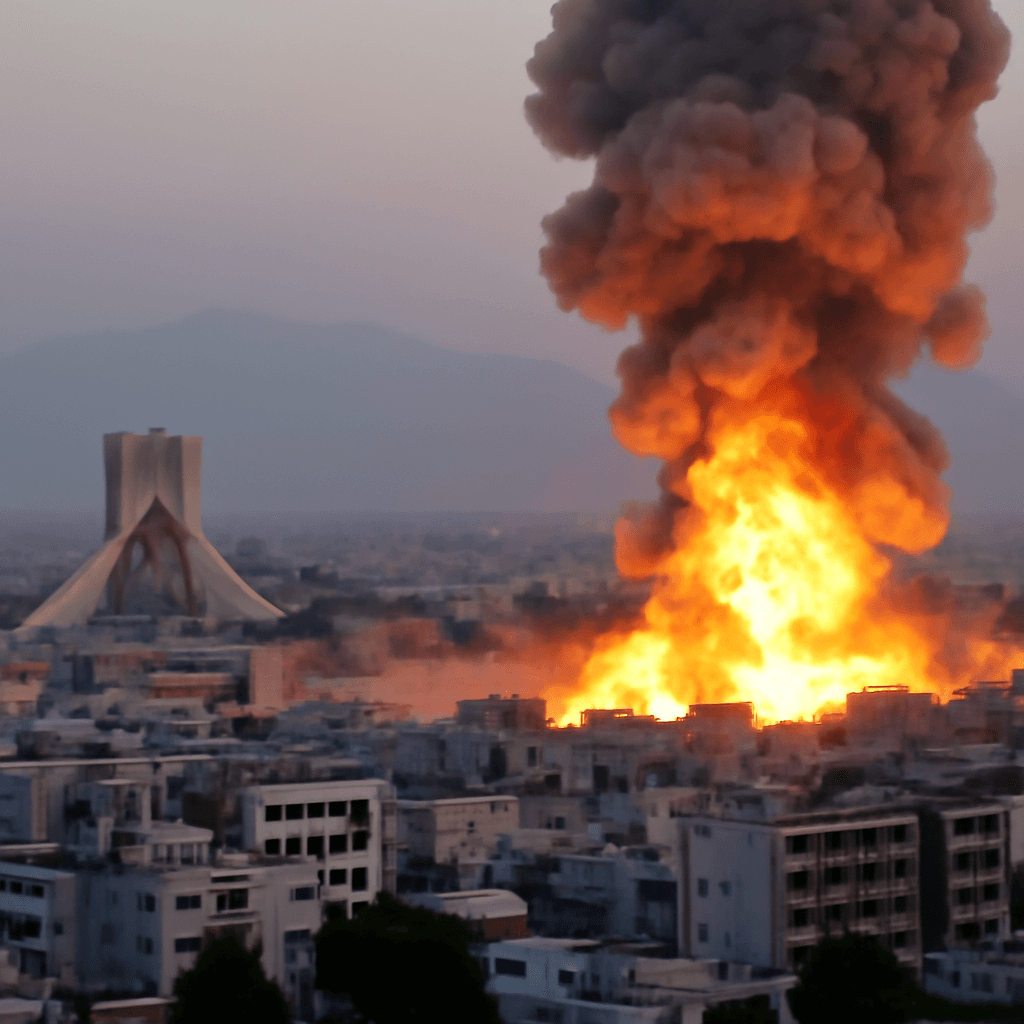Rising Middle East Tensions Threaten to Drive Oil Prices Above $100
Oil markets are on edge as reports suggest Israel may be poised to launch an attack on Iran, fueling fears that crude prices could soar beyond the $100-per-barrel mark. The volatile backdrop comes as the U.S. pulls some personnel from Middle Eastern embassies and military bases, signaling escalating risks ahead of renewed nuclear negotiations with Iran.
Heightened Risks Amid Geopolitical Uncertainty
Recent intelligence points to Israel's readiness to strike Iran, with the nation's prime minister reportedly urging the U.S. for authorization. Meanwhile, the American administration has cautioned against such a move during ongoing talks, stressing diplomacy over conflict. Regardless, the atmosphere remains tense as negotiations between U.S. envoys and Iranian officials are set to continue, leaving oil traders wary.
The Strait of Hormuz in the Spotlight
Central to these fears is the Strait of Hormuz—an essential maritime passage responsible for approximately 20% of global oil transit daily. Any disruption here could choke supply chains and send ripples through global markets. The British Navy has issued an unusual advisory warning vessels navigating the Arabian Gulf, Gulf of Oman, and the Strait itself to exercise caution amid signs of growing unrest.
Market Impact and Price Forecasts
Following overnight gains of nearly 5%, Brent crude settled just below $70 a barrel, while U.S. West Texas Intermediate hovered around $67.7. Analysts at J.P. Morgan highlight that prices currently reflect an elevated risk premium, implying about a 7% chance of a severe worst-case scenario which could reduce Iranian oil exports by over 2 million barrels per day. This disruption alone could propel prices into the $120–130 range if the broader region ignites into conflict.
Some industry experts already forecast a bullish trajectory, even without conflict. Disruptions in U.S. shale production as summer demand heats up, coupled with tighter physical markets, might push Brent crude near $85 per barrel. Analysts caution that while current prices are underpinned by supply announcements from OPEC+, risks from geopolitical flare-ups remain a wildcard that could push prices even higher.
Balancing Bullish and Cautious Views
Despite the mounting geopolitical risk, several major financial institutions maintain more conservative oil price forecasts. For example, J.P. Morgan anticipates prices stabilizing in the low-to-mid $60s for the remainder of the year, with Goldman Sachs projecting a range of $50 to $60 per barrel through 2026. These projections consider rising inventories and expanding OPEC+ output while recognizing potential upside from lower spare capacity and supply misses.
Looking Ahead
With the U.S. Energy Information Administration signaling a potential decline in domestic production due to reduced drilling activity, the global oil landscape remains complex. Market watchers remain vigilant as diplomatic efforts continue to unfold, knowing that any misstep could swiftly alter the energy outlook and global economic conditions.

